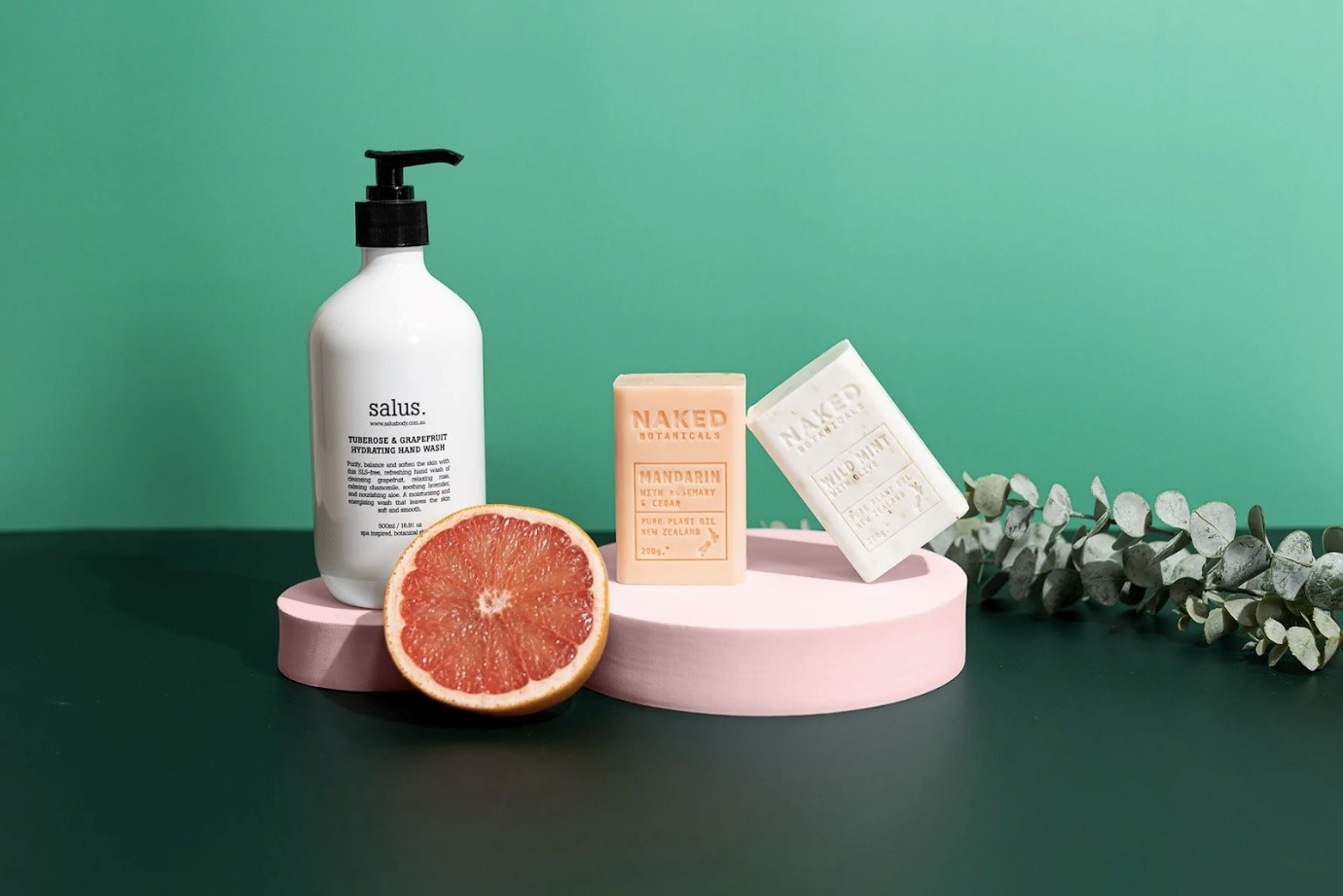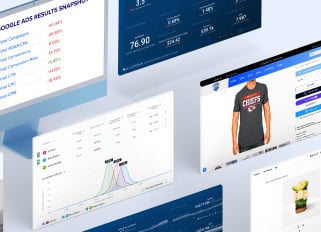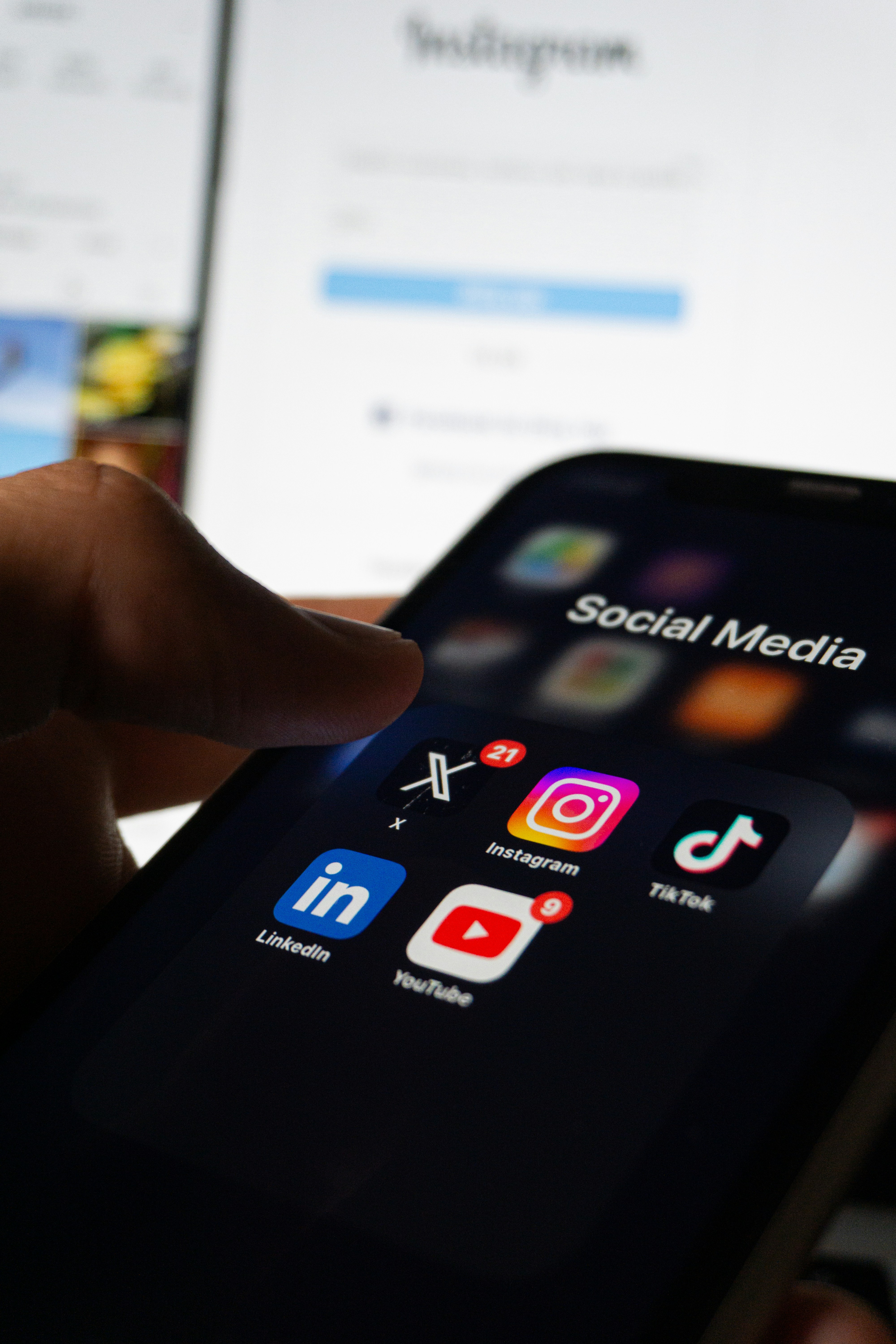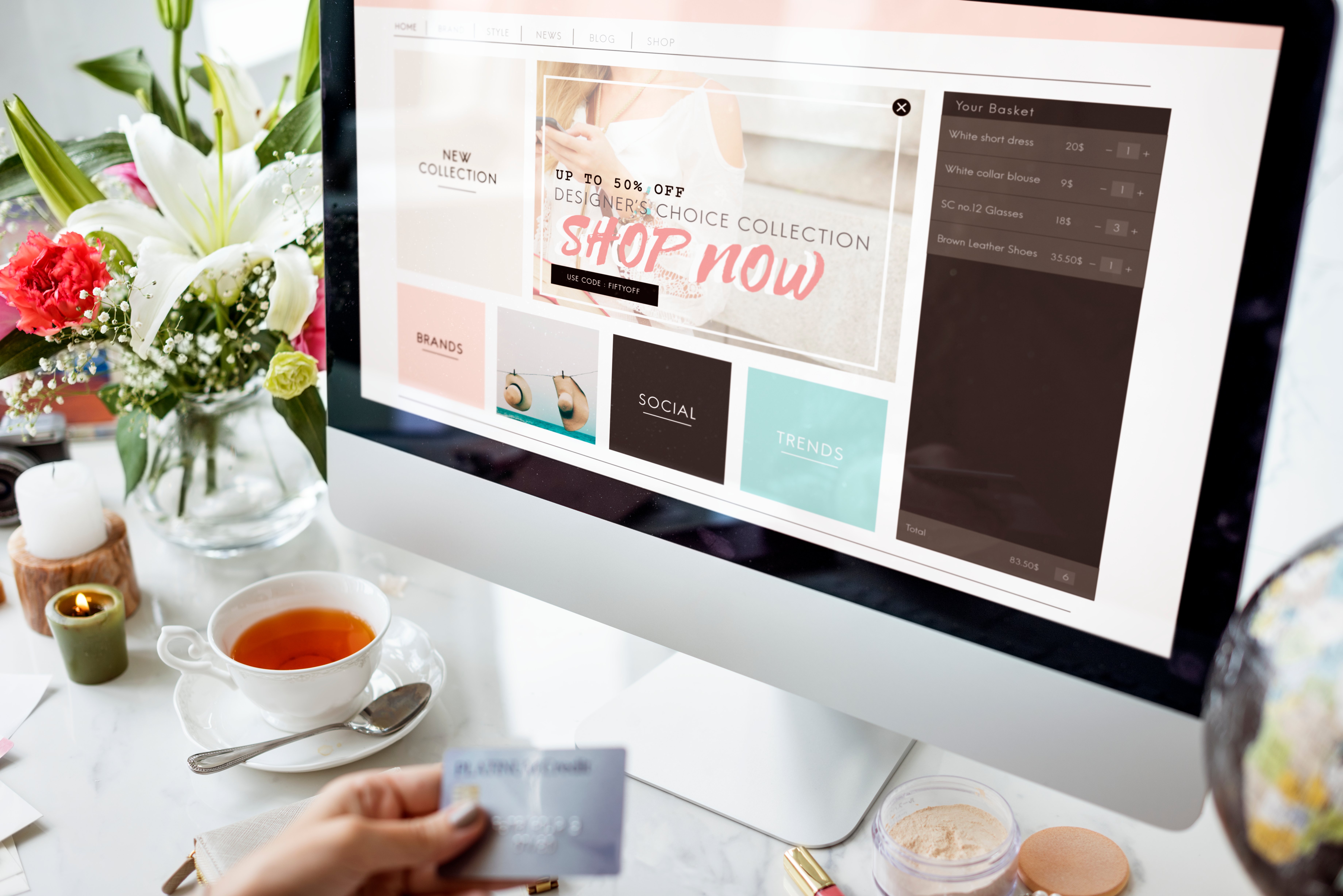
Shopify Marketing: 10 Tips to Boost Sales - Updated 2023
Online stores in the United States alone are expected to reach the $1 trillion mark in 2022. E-commerce is now valued at around $4 trillion worldwide, which shows how massive this market is to many people nowadays.
In this world where buying and selling online are the new norms, Shopify is one of the most popular eCommerce platforms. Nowadays, Shopify hosts a total of 5,300 businesses on its Shopify Plus platform and around 2.1 billion users worldwide. With so many other sellers trying to make a living in this eCommerce platform, you need some tips to step out of the fold and stand out above the rest.
Aside from search engine optimization, there are a lot of things that you must learn to increase sales on Shopify. Customer retention is important, of course, but you need more than your existing customers to succeed in eCommerce marketing.
In this article, you will learn more about the best Shopify marketing tips to generate more sales, attract new customers, entice prospective customers, and stand out as one of the best eCommerce brands in existence.
Why are you not getting sales on your Shopify store?
There are many possible reasons why you're not getting sales on your Shopify store. It could be that you're not targeting the right audience, or maybe your marketing campaigns are not effective enough.
It could also be that your product pages are not optimized for conversion or that your pricing is too high for the average shopper. Whatever the reason may be, it's important to identify the problem so that you can fix it and start generating sales. Here are some of the most common reasons why your Shopify store might not be getting any sales:
You're not targeting the right audience
Your target market is the group of people who are most likely to buy your products or services. If you're not targeting the right audience, you're unlikely to get any sales.
To find your target market, you need to research your potential customers and determine their needs and wants. Once you know this, you can create marketing campaigns that are specifically designed to attract them.
For example, if you're selling women's clothing, your target market would be women of a certain age group, with a certain income level, who live in a certain area. If it is a clothing brand catering to Gen Z, your target market would be people aged 18-24, living in a particular country or region.
Your marketing campaigns are not effective enough
If your marketing campaigns are not generating any sales, then they're simply not effective enough. You can do several things to make your campaigns more effective, such as testing different messages and call-to-actions or using more targeted keywords.
You can also try different marketing channels or experiment with different types of content. For instance, you can do email marketing which has the highest ROI among other marketing channels according to Campaign Monitor. Other types of marketing channels are social media, podcasts, and affiliates. The important thing is to continually test and optimize your campaigns so that you can get the best results possible.
Your product pages are not optimized for conversion
If your product pages are not designed for conversion, then it's very unlikely that visitors will actually buy anything from your store. To optimize your product pages, you need to focus on creating high-quality content, using persuasive calls to action, and making it easy for visitors to find the products they're looking for.
You can also use social proof and testimonials to increase trust and convert more visitors into customers.
Your pricing is too high for the average shopper
If your prices are too high, then you're simply not going to get any sales. In order to find the right price for your products, you need to do some market research and figure out what people are actually willing to pay. You can also use pricing strategies like discounts and promotions to entice shoppers into buying from your store.
You're not using the right Shopify marketing tools
There are a number of different Shopify marketing tools available, and it's important to use the ones that are most relevant to your business. For example, if you're looking to increase traffic to your store, then you should be using SEO tools like Semrush and Yoast SEO.
By using the right Shopify marketing tools, you can increase traffic, convert more visitors into customers, and boost sales.
How do you increase sales on your Shopify website?
 Source: Spectrum
Source: Spectrum
1. Use high-quality product images
One of the best ways to increase sales on your Shopify website is to use high-quality product images. This will help your products stand out from the competition and make them more appealing to potential customers. Make sure that your product photos are clear, well-lit, and professionally edited. You should also include multiple photos of each product so that shoppers can see it from all angles.
Including product videos is also a great way to increase sales. Videos allow online shoppers to get a closer look at your products and see them in action. This can be especially helpful for demonstrating how a product works or showing off its features.
2. Write detailed, informative product descriptions
Your product descriptions should be clear, concise, and informative. They should also be keyword-rich so that they can be easily found by potential customers who are searching for your products. In addition to including basic information about the product, your descriptions should also highlight its unique selling points and any special features it has.
Make sure to proofread your product descriptions carefully before publishing them on your website. Typos and grammatical errors can make you look unprofessional and damage your credibility. Instead, you need to focus on creating high-quality content, using persuasive calls to action, and making it easy for visitors to find the products they're looking for.
If you're not sure how to write great product descriptions, there are a number of resources available that can help you learn the basics or hire someone else to do it for you.
 3. Create catchy and eye-catching titles
3. Create catchy and eye-catching titles
The title of your product is one of the first things that potential customers will see, so it's important to make it catchy. A great product title should be short, to the point, and include keywords that shoppers are likely to use when searching for your products. Your title should be clear and concise, and it should accurately describe what your product is. In addition, using keywords in your titles can help you improve your search engine rankings and get more visibility for your products.
Your product titles should be attention-grabbing, but they shouldn't be too long or confusing. Keep in mind that most shoppers won't spend more than a few seconds looking at each title, so make sure you make your point quickly.
4. Optimize your product pages for search engines
If you want potential customers to be able to find your products, then you need to make sure your product pages are optimized for search engines. This means, again, including relevant keywords in your titles, descriptions, and tags. You should also make sure to use high-quality images and videos that are properly tagged and named.
In addition, you need to make sure your product pages are mobile-friendly. More and more shoppers are using their smartphones and tablets to browse and purchase items online, so it's essential that your pages can be easily viewed on these devices.
5. Add social media buttons to your website
Now that shopping online has been made even easier with the help of social media, it's more important than ever to include social media buttons on your website. In fact, as per Optinmonster's findings, social media helps increase the lead-to-close rate compared to outbound marketing. To top it off, 90% of marketers claim that social media marketing has increased their online business exposure.
Having said that, make it easy for visitors to share your products with their friends and followers by adding social media buttons to your website. This can help you increase traffic and exposure, and it can also lead to more sales. When choosing which social media platforms to add buttons for, be sure to select the ones that are most popular with your target audience.![]()
6. Share your products on social media platforms
In addition to adding social media buttons to your website, you should also share your products on social media platforms like Instagram. This can help you reach a wider audience and generate more interest in your products. Make sure to post high-quality photos and videos and write engaging descriptions that will encourage people to click through to your website.
When sharing your products on social media, it's also important to use relevant hashtags so that people can easily find your posts. Try to use a mix of popular and niche-specific hashtags to reach the widest audience possible.
There's no doubt that social media platforms like TikTok and Instagram are incredibly popular, especially with younger audiences. If you're not promoting your store on these platforms, you're missing out on a huge opportunity to reach potential customers. Try creating engaging videos and posts that show off your products in a creative way. You can also use Instagram Stories and TikTok duets to get people talking about your brand.
7. Offer discounts and coupons
Everyone loves a good deal, so offer discounts and coupons to encourage people to purchase immediately. You can promote your discounts and coupons on your website, social media platforms, and email list. Just be sure to set an expiration date so that it creates an urgency to buy.
Discounts and coupons can be a great way to increase sales, but you don't want to give away too much. Try to strike a balance between offering a good deal and making a profit.
8. Use email marketing
Email marketing can be a great way to promote your products and boost sales. On average, email marketing gives a return of $44 for every $1 spent, so if you doubt the effectiveness of this marketing strategy, think again. You can use email marketing to send out discount codes, share new product launches, or simply keep your customers updated about new drops or restocks.
When creating your email marketing campaign, be sure to segment your list so that you're only sending relevant information to those who will actually be interested. This will help to increase your open and click-through rates, and it will also prevent people from unsubscribing from your list. Be sure to avoid spamming people's inboxes and only send relevant and interesting emails.
9. Use SMS and push notifications
SMS and push notifications can be a great way to reach people who are interested in your products, but you need to be careful not to send too many messages. Be sure to limit the number of messages you send and only send relevant and interesting messages. You can use SMS and push notifications to send out special offers, share new product launches, and keep people up-to-date on what's happening with your business. Just ensure you're only sending messages to people who have signed up to receive them.
Wrapping Up
There you have it! These are just a few marketing strategies to boost sales on your Shopify store. Remember to experiment and see what works best for your business. And, most importantly, don't give up! With a little bit of effort and some trial and error, you'll surely see an increase in sales in no time.

Are you interested in being a guest on the BlueTuskr E-commerce Blog? Click here for more information.
Connect With Us
Recent Post

.png)





Tell us what you think!